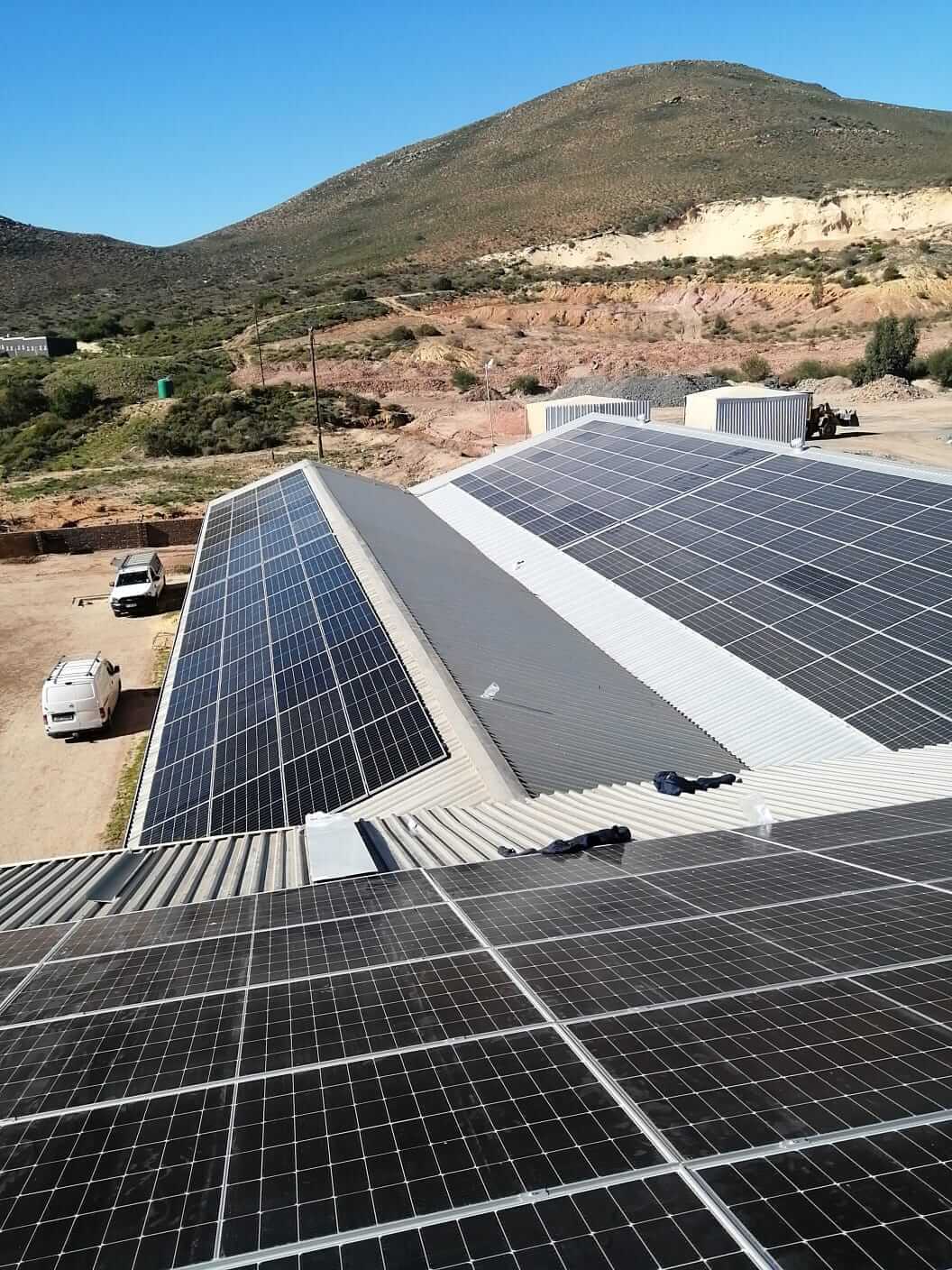By MYBROADBAND
Eskom is getting replaced by private companies and households generating their own electricity to become electricity independent. They are set to generate more energy than Eskom by 2025.
Research from RMB Morgan Stanley shows that the private sector will effectively replace Eskom’s generation fleet in the next two years.
The utility’s performance has deteriorated markedly over the last few years, with 2023 seeing record levels of load-shedding.
However, the narrative around electricity generation and load-shedding is beginning to change. It is gradually becoming more positive.
The private sector is filling the void left by Eskom in a similar fashion to how private airlines filled the void left by the collapse of South African Airways.
South Africa is experiencing a boom in solar installations, with over 4,400 MW of rooftop solar installed in the country outside of the government-procured solar. This is expected to increase by 420% by 2030.
Data from Eskom and Professor Anton Eberhard revealed that South African households and businesses had installed 4,412 MW of rooftop solar in the 12 months to June 2023, a 349% increase from March 2022.
The import of solar panels has also hit a new record, with R12 billion worth of panels imported by South Africans in 2023, adding 2,200 MW of capacity to the grid.

The fourfold increase in rooftop solar power generation capacity has begun to impact Eskom’s revenue as fewer private sector clients rely on the utility for electricity.
The surge in the installation of solar panels on houses and business premises has cut Eskom’s sales by 2.3%, according to Public Enterprises Minister Pravin Gordhan.
By the end of August, he said solar panels capable of generating 4,481 MW had been installed, 2,500 MW more than last year – excluding government-procured energy under the Independent Power Producers programme.

South African economy becoming Eskom-proof
Head of corporate and investment banking (CIB) at Standard Bank South Africa, Zaid Moola, said companies want to eliminate their reliance on Eskom’s grid.
Moola said the bank is seeing increased demand from companies to go off-grid. In particular, mining companies and large industrial users are engaging with Standard Bank to finance large projects.
So far, Standard Bank has financed 4,000 MW of alternative energy generation projects, with nearly 1,000 MW financed in 2023.
Standard Bank’s CIB division has 3,000 MW under development for the next 12 months and expects companies to continue to go off-grid even if Eskom’s performance improves.
Head of markets research at RMB, Isaah Mhlanga, told 702 that historically, the correlation between the manufacturing sector’s performance and the load-shedding levels has been very strong.
Higher stages of load-shedding would typically result in reduced manufacturing output.
However, manufacturing volumes have remained relatively stable in 2022 and the beginning of 2023 despite the increased intensity of load-shedding.
Mhlanga attributes this to the increased electricity supply from the private sector, as the amount of non-Eskom electricity supply has steadily increased.
“In the future, we will have less and less of an impact on economic output from the unstable electricity supply,” Mhlanga said.
According to data from Eskom, installed solar capacity has doubled in the last 12 months, reaching 4,400MW in June 2023 from less than 1,000MW in March 2022.
“This is extraordinary. The private sector has responded not just for their own needs but also to decarbonise the production of goods to give them access to developed markets,” he said.
Privatisation by stealth
Renowned economist Dawie Roodt said this is a “back-door kind of privatisation”, with Eskom privatising its distribution network and partially privatising its generation fleet.
However, this “is not privatisation as policy”. Roodt said the state is simply collapsing, and the private sector is merely taking over state functions.
The privatisation process will continue, but he added that it will take 18 to 24 months before significant changes will be seen.
The data from RMB supports Roodt’s argument that the private sector will effectively replace Eskom’s generation capacity by 2025.
In the long term, electricity generation will be private, with Eskom merely distributing electricity with the utility being relegated to buying electricity from other entities and selling it on.
Despite the significant shift in electricity generation, the government maintains that it will not privatise the power utility.
The Ministry of Finance explicitly said, “the government has no intention to privatise Eskom”, and the utility’s strategic assets will not be privatised.
However, Deputy Finance Minister David Masondo said the Treasury does not support a state monopoly in the energy sector, and they will not rely solely on Eskom to generate energy.
Masondo’s comments were echoed by Gwede Mantashe, Minister of Mineral Resources and Energy at Absa’s Post-Budget Analysis.
Mantashe said the government intends to “reform electricity supply from a monopolistic industry to a competitive one” per the 1998 White Paper of Energy Policy.
The government aims to diversify electricity generation sources and “remains resolute in ensuring that such an electricity market structure comes to fruition”.
However, Mantashe added that it would be a mistake to “totally remove the public sector” from electricity generation.







